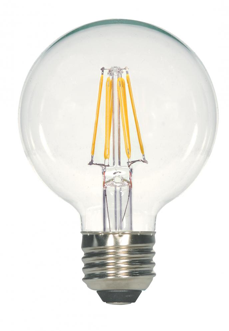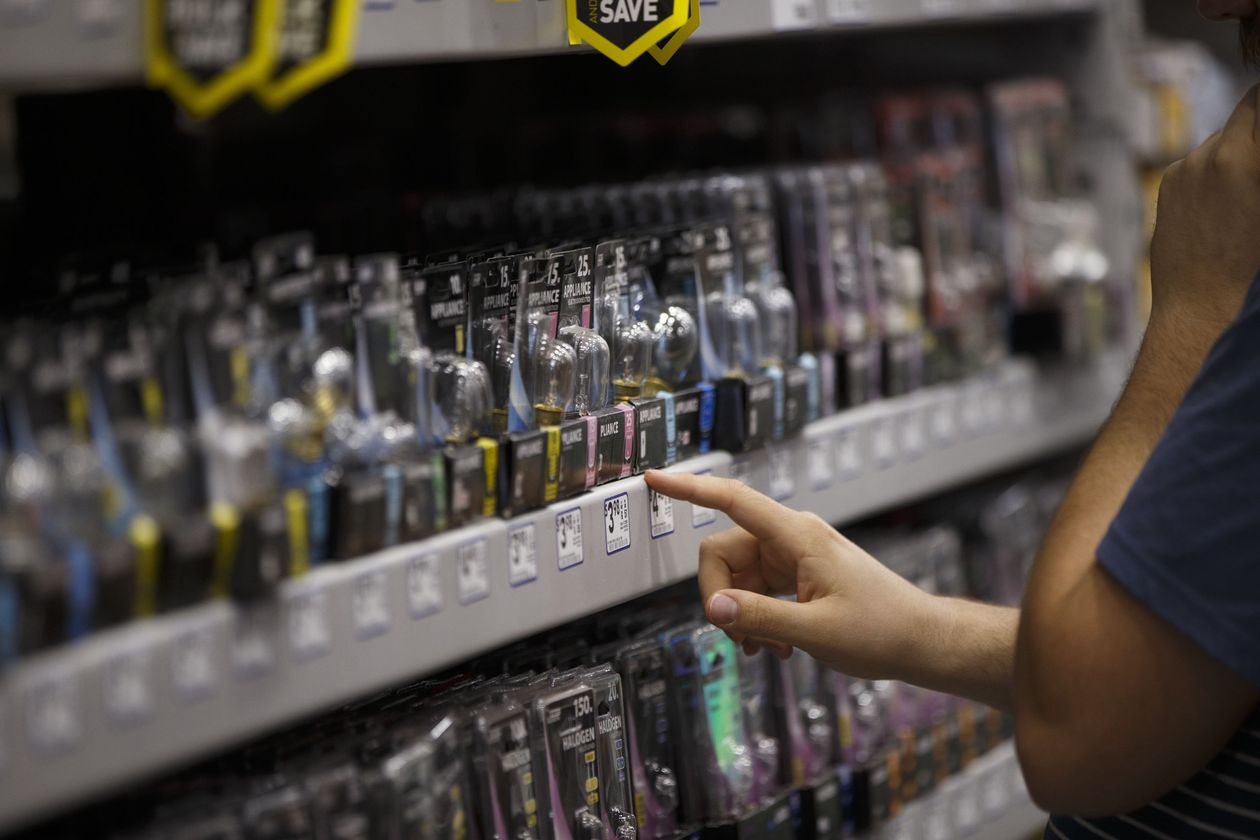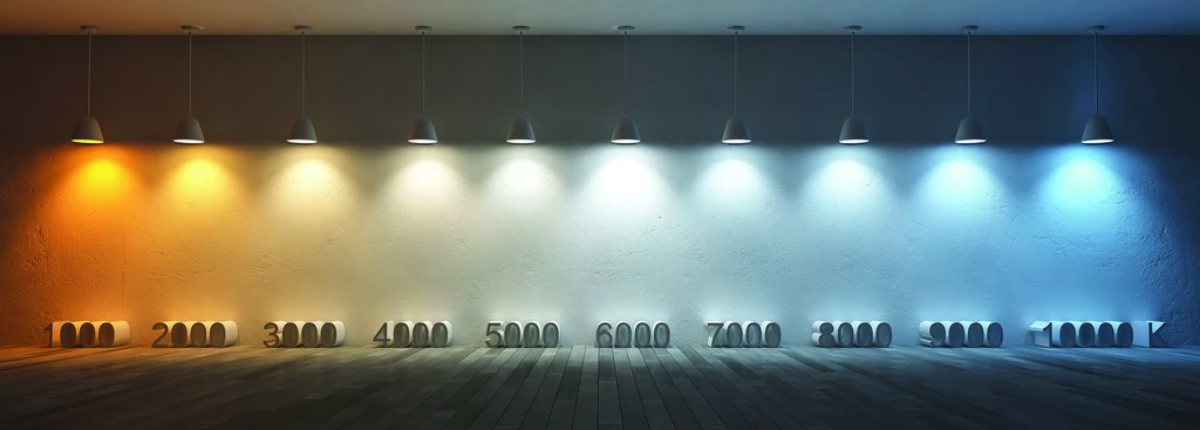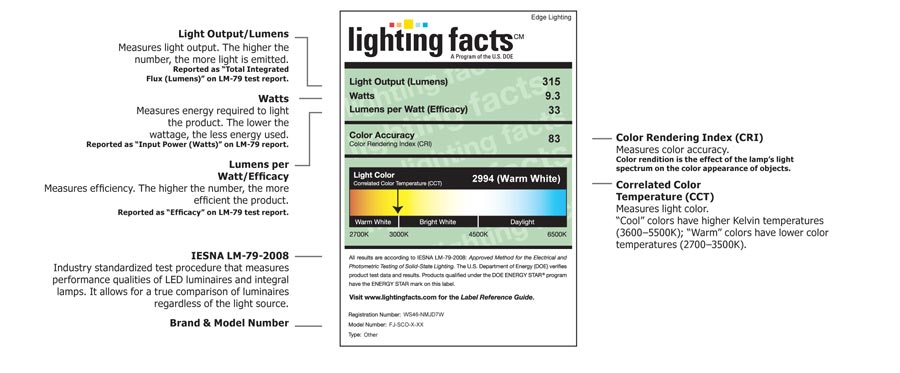LED Lighting Facts – Stephen Miller Here Is What You Need to Know Before You Buy LED Light Bulbs
In response to the article by Stephen Miller in the August 9th, 2020 edition of the Wall Street Journal
https://www.wsj.com/articles/i-take-a-dim-view-of-todays-lightbulbs-11597006857
We have to say that Mr. Miller nor anyone else should buy into any new technology without the help of an expert. Would you buy into a new technology without asking someone that knows? This is why the APPLE Genius Bar is always busy.
I mean you wouldn’t buy your new APPLE Watch at a grocery store so why would you buy your LED bulbs there?
While there are many outlets to purchase LED light bulbs it just makes sense to go somewhere that knows the details of the product that you are buying.
Trust us the big box stores don’t know. Walking through one the other day I watched an associate sell an incandescent bug light to a woman that did not want an LED.
Rather than having the information the gentleman grabbed a bug light and said here you go. At least she won’t have mosquitos in the house.wanted
Judge For Yourself:
Have you ever walked into a room and noticed that the lights project different colors? Did you know that the different colors emitted from the LED bulbs have a different impact on the human eye depending on placement and use? It is a combination of the light output and the color of the light.
Have you ever had a bad color combination of clothing or could not distinguish blue from black?
Well, these questions and more have resulted in us putting together this article to help the everyday person that wants help buying the correct LED light bulbs.
Caveat Emptor Mr. Miller:
Just because a bulb fits into a socket does not mean it is the correct lamp for the job. If you have been to a big box store in the replacement bulb/lamp aisle, you will discover it is the Wild West out there when it comes to selecting the correct LED lamps and light fixtures.
In 2007, the way the average American lit their home was changed forever by the Energy Independence & Security Act. At that time, Congress passed several laws that would reduce energy consumption in many ways; one of the targeted energy wasters was the standard household light bulb we have known for generations. Many called it the “Bulb Ban” because it required that 40-100 watt lamps decrease their energy usage by 25%. This one ruling disrupted the marketplace and created the situation we are all facing today.
Get More Detailed Information on LED Lighting
It is important to know that all LEDs generate an equivalent amount of light as the old technology – but they use as much as 90 percent less electricity than an equivalent incandescent bulb and almost 60 percent less than a CFL.
Saving energy is a good thing, and another benefit is the long life-expectancy of these lamps – some as much as 50,000 hours or 30 times longer than the old equivalents.
With all these technological advancements to replace the old standards, it is no wonder there is confusion all around. Here are the facts you need to know when buying LED lighting so you get the best illumination and the most from your investment in energy savings.

It is Lumens not Watts
Over many generations of use, a definition formed that equated watts to light output. Wattage was used when deciding on the lamp you wanted. If you wanted a lower light level, you selected a 40-watt bulb. If you needed it brighter, you selected a 100-watt bulb. Watts are only a measure of how much electricity the lamp takes to operate. While this was never the correct interpretation of the brightness of a lamp, it is an easy correlation that the public understood and it never went further than that. As with any old technology, we must throw away that old way of thinking. The correct way to know how bright a lamp is related to the “LUMEN OUTPUT” of the bulb.
Lumens measure the amount of light being put out by the source. Lumens are the only accurate way to express the brightness of the light, regardless if it is from a lamp, fixture or bulb.
Color Temperature
But lumens alone won’t give you the comfortable light that you want. You must also understand “Color Temperature and the Color Rendering Index.”
Color temperature describes the warmth or coolness of a light source and that itself can be confusing. To help understand color temperature – also known as “Kelvin Temperature” – here is a simple analogy. A “black body radiator” like the material tungsten is heated. As the black body radiator increases in temperature, the color of that radiator changes in unison. This is where much of the confusion begins and here is why. The HIGHER color temperature (3500-5500k) in lighting is called “COOL” white, while the LOWER color temperature (2200 – 3000k) is called “WARM” white.
For most, a color temperature range of 2700–3500 K is used in all four types of home lighting applications: ambient, fill, decorative and task. Some decorative lights like nostalgic LED lamps may even have a lower Kelvin temperature than 2700k. Many of the staff who work in the big box stores are not aware of the requirements for good illumination and, sadly, provide inaccurate information to consumers. Then those customers wonder why the lights they replaced are harsh or blue?
Color Rendering Index
The Color Rating Index (CRI) measures how a light shows the true color of what is in its cast. The higher the CRI of an LED, the truer your item color will be under that light. Think how the appearance of clothing and food will look. It is not necessary to have high CRI lamps in every spot in the home – think of applications such as bathrooms, kitchens, closets, art studios. The higher the CRI number, the more accurately the color of the illuminated object appears.
Dimming LED Lighting
When LED first hit, the scene dimming the lamp was not an available option, limiting where the lamp could be used. Then LEDs became dimmable and, while the brightness of the lamp decreased, the color of the lamp did not change to the yellower light we wanted to set the mood. There are now LED lamps that have a feature that recreates the gradual decrease of lumens and increases the warm ambient tones wanted in the home.
Why Won’t My Dimmer Work with LED Lighting?
Another important piece about dimming LED lighting is the compatibility of the dimmer to the light source. The truth is that the old dimmer that has been in the home for some time won’t work with LED. At one time the only way to know for sure if a dimmer worked with an LED was to test it.
As the popularity of the LED increased, manufacturers included a list of approved dimmers and this is the easiest way to determine if everything is well-matched.
A common problem that happens when old dimmers are in place is that LED lamps do not turn off completely. They continue to glow. There are new dimmers in the market place referred to as 0-10v. These dimmers consider the lower voltage use of LED lamps and help to reduce visible flicker.
It’s On the Label
All this new information is a lot to remember when you just want to replace a burned-out bulb. In 2008, the Department of Energy began a program to “promote accurate and consistent” performance claims. The result is the “Lighting Facts” label. The labels can vary in the information they have on them;
- Lumens indicate light output.
- Lumens per watt (lm/W) indicates efficiency.
- Watts indicate the energy required to light the product.
- Correlated Color Temperature (CCT) indicates light color.
- Color Rendering Index (CRI) indicates the effect of the lamp’s light on the color appearance of objects.
- LED Lumen Maintenance (optional)
- Warranty (optional)
This information on this one label helps to level the playing field and help you in deciding what LED is correct.
LEDs Are Everywhere
LEDs have found their way into many different lighting applications around the home, office and business. From under-cabinet lighting and landscape lighting to high-bay, replacing fluorescent tubes with
LED tubes makes a big impact in every environment.
With all the LED energy-efficient choices available for use by homeowners, facility managers and their municipal applications, there is no reason to put off saving today. If you haven’t switched out your old lighting for LED, now might be the time.
Get More Detailed Information on LED Lighting




